Review: HTC 10
Apr 14, 2016, 11:00 AM by Eric M. Zeman
updated Apr 14, 2016, 11:22 AM
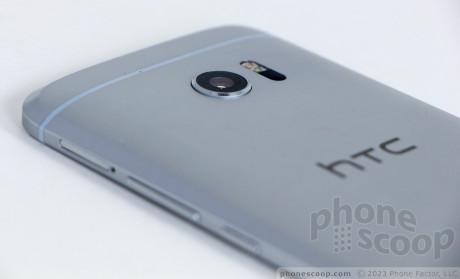

The HTC 10 is here to wage battle against flagships from Apple, LG, and Samsung. This Android smartphone is perhaps more evolutionary than revolutionary, but that shouldn't take away from its attractive design, powerful multimedia features, and excellent performance. Here is Phonescoop's in-depth report about HTC's latest smartphone.
Hardware
Is It Your Type?
The HTC 10 is a smartphone for people who want a high-quality Android device that provides a great multimedia experience, particularly with respect to music. This metal-bodied phone is a worthy alternative to Samsung's line of Galaxy phones and LG's G series handsets. If you're shopping for an Android flagship, the HTC 10 should be on your short list.
Body
Designing unique smartphones has become a difficult task. There's only so much you can do with a rectangular slab. This probably plays a role in some companies' tendencies to recycle designs, which is why the iPhone 6s is identical to the iPhone 6, and the Galaxy S7 is a refined variant of the Galaxy S6 design. In these cases, Apple and Samsung stuck with what works.
HTC took some heat last year when it introduced the M9, a phone that was a close reflection of the previous year's M8. Some were unhappy with the lack of change. The 10 is more similar to the 2013-era M7 to my eyes, but is different enough from the M8 and M9 that it stands apart from its predecessors. HTC kept the most appealing aspect of its design philosophy — the one-piece aluminum chassis — and gave it a fresh cut.
The 10 is full of angles. The rear surface is curved a bit, tapering as it reaches the sides. The phone is 9mm thick at its thickest point. HTC gave the phone a fat chamfer where the rear surface joins the side edge. In fact, the chamfer is so thick that I hesitate to give it that name. It's easy to spot from several feet away. The front edge of the metal chassis, where it meets the glass, has a less dramatic chamfer. I appreciate the slight curved edge in the glass where it meets the metal frame. The brushed aluminum finish is attractive no matter which color (silver, gold, dark gray, red) you pick.
I think the phone's size should work for most people. The phone may have a 5.2-inch screen, but HTC kept the overall dimensions in check. It's a hair smaller than the LG G5, for example, but a smidge bigger than the Galaxy S7. The HTC 10 is the heaviest of these three phones, though not by too much. The curved back panel, deep chamfer, thin edges, and rounded glass make the handset comfortable to hold and use. You can drop it into pockets with no problem. Only people with the smallest hands might have trouble using the 10.
The build quality of this phone is top notch. HTC really outdid itself. The aluminum chassis was machined with precision, and all the parts are fitted together tightly. It's every bit as good as the iPhone 6s and Galaxy S7. I think the HTC 10 is more solidly manufactured than the LG G5 by a mile. HTC says it performed thousands of hours of abuse tests to be sure the phone can withstand some bumps and bruises. It's not rugged, not by a long shot, but it shouldn't fall apart on you after mild drops. The phone is a bit slippery. The Ice View Case helps improve grip; it also adds bulk.
Like many phones, the 10's front face is mostly black. It's hard to see the few features hidden within the glass. I appreciate that there are no logos painted or stamped anywhere. There's a wide slit in the glass near the top for the earpiece speaker and BoomSound tweeter. The user-facing camera is next to it. HTC positioned the fingerprint sensor below the screen. It is a little cramped down there, as the button is placed fairly close to the bottom edge. The fingerprint reader doubles as a home button. A capacitive "back" button is to the left and a similar "multitask" button is to the right. They are easy enough to find. All three controls function as intended.
You'll find the memory card tray on the left edge of the phone, which is otherwise a smooth surface. The SIM card tray is on the right edge of the 10, perched close to the top. The volume toggle is below it. The thin strip of metal has an excellent profile and superb travel and feedback. The same is true of the screen lock / power button, which is below the volume toggle. I like that the screen lock button has a ridged texture to help set it apart from the volume toggle. The buttons work great.
The bottom edge has a few things going on. First, it's where you'll find the USB port. The 10 adopts the newer Type-C connector, which is slowly gaining ground in the market. Cables are easy enough to find, but accessories are still somewhat scarce. HTC is doing some neat things with the USB-C port that we'll discuss later in the review.
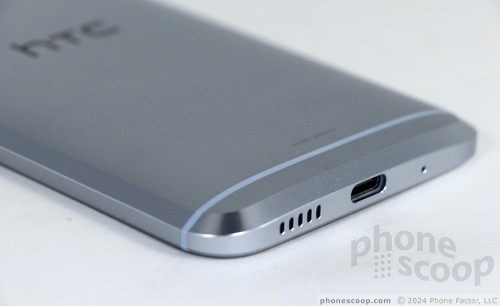
The bottom also houses the speakerphone / BoomSound woofer and a microphone. The headset jack is located on the top edge of the phone. A plastic strip stretches across most of the top edge and is where some of the radios are located. Sadly, HTC dropped infrared (for controlling TVs, etc.) from the 10.
Two gray plastic strips run from side-to-side across the 10's back surface. This antenna design closely matches that of HTC's own A9 and M9 phones, as well as the iPhone. HTC has streamlined the design a bit by eliminating the odd vertical strip above the camera, seen on the M7 - M9. The camera module protrudes significantly from the metal surface. It has a shiny rim surrounding the sapphire glass. The two-tone flash and laser focus module are positioned to the camera's right. It goes without saying (but I'll say it anyway) that the battery is sealed up inside. There's no user access to the battery, and certainly no battery swapping.
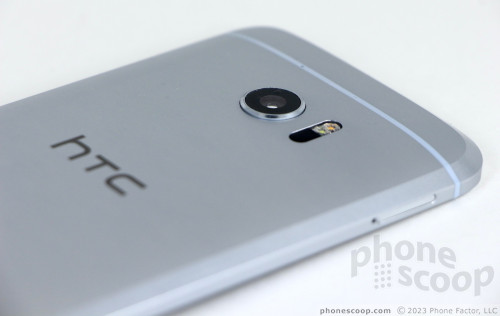
HTC crafted an excellent piece of hardware in the 10. Sure, it may resemble some other phones these days, but it's a design that HTC pioneered, and it's a good one. I'm pleased with the overall design and the quality of the build. It's the culmination of years' of evolution and vision.
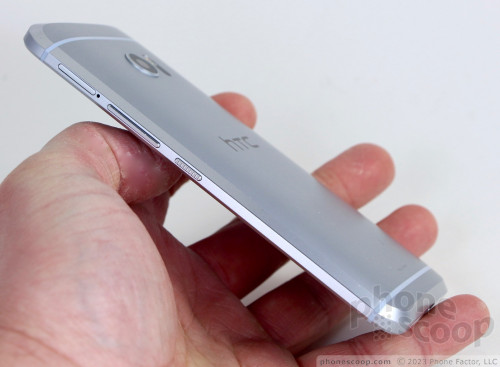
Screen
Thank goodness HTC finally bumped up the screen. The M7, M8, and M9 all had full HD screens at 4.7, 5.0, and 5.0 inches, respectively. The HTC 10 grows just a bit to 5.2 inches and improves the resolution to quad HD (2,560 by 1,440 pixels). The display is a Super LCD 3 panel and it looks great. Colors are accurate, everything is razor sharp, and it can be set quite bright. Viewing angles are excellent; there's no color shift or brightness change when the phone is tilted side-to-side. I found the screen to be decent for outdoor use and was able to take pictures without issue. The oleophobic coating truly keeps fingerprints from smudging up the screen. The HTC 10's screen is on par with those on the S7 and G5.
Signal
HTC is selling several variants of the 10. We tested the unlocked variant, which has good support for AT&T and T-Mobile LTE bands. The 10 performed on par with other AT&T handsets. The phone never hunted for signal; it always held a firm connection to the network. I did see it dip from 4G to 3G a few times in weak coverage areas, but the phone was always able to make calls and load web pages no matter how few bars were available. The 10 easily held a call during a car trip at highway speeds. I found the 10 to be very quick over LTE. Facebook worked flawlessly, as did Twitter and Instagram. Images and videos loaded and played without pause. Surfing the web was painless, which is how I like it.
Sound
I'd rate the 10's voice call experience as average. The earpiece delivers modestly good volume for most environments, but it isn't the loudest phone I've tested. I didn't have any trouble using it at home with the TV on in the background, for example, but the food court at the local mall — teeming with talkative teens eating lunch — proved to be too much. Quality of calls ranged from mediocre to very good. For the most part, voices coming through the earpiece were warm and free of distortion.
The speakerphone does a decent job. It generates just enough sound to hear it in spaces such as a noisy office or in the car. Clarity was average, as the speakerphone was sometimes prone to distortion. The ringers and alerts can be set to insane levels. Your neighbors will think their phone is ringing, that's how loud the 10 is. The vibrate alert does its job.
The music experience is a bit different than on previous HTC flagships. Older HTC phones have BoomSound stereo speakers on the front. Each is a full-range speaker with its own amplifier. On the 10, HTC did away with stereo; instead, the phone has a speaker in the earpiece that covers middle and high tones, with a separate speaker in the bottom edge to handle the bass. HTC claims the overall quality of the new system is better than previous generations of BoomSound. I'd say that depends (literally!) on your point of view.
The new BoomSound produces mono sound. If you hold the phone normally (in portrait orientation), this doesn't really matter. If you leave the 10 sitting on your desk face up, music sounds really good. The 10 produces cleaner highs and lows than the M9, for example. The 10 isn't as loud as the M9, but it makes up the difference with dramatically improved clarity.
I am not as impressed with the new BoomSound when watching YouTube videos. If you tip the phone on its side to watch video, the differences are immediately apparent. The M9, for example, creates a balanced, well-defined soundstage with clear left and right sides. The 10, on the other hand, shoots the high-frequencies into one ear and low frequencies into the other. It's a bit weird to have your ears targeted this way. The odd balance of high and low tones reaching your ears is fine for a few minutes, but I'd never watch a movie (or anything longer than about 10 minutes) on the 10 without earphones.
That said, the 10 produces sound of higher quality than what's available from the iPhone, G5, and Galaxy S7, all of which have mono speakers.
There's another side to this coin. HTC developed new high-resolution earbuds for the 10 and they are able to take advantage of some onboard software to improve their performance. First, HTC says its earbuds are far more responsive than previous earbuds and are more comfortable to wear over time. I used the earbuds with a handful of different devices and would rate them as average in terms of sound and comfort. The 10 improves the experience thanks to individualized sound profiles.
Plug the headphones in and you can perform an audio test (sort of like a hearing test) to determine how loud five different frequencies need to be in order for you to hear them. Once you've tested your left and right ears separately, the software will create a sound profile associated with the headphones you plugged in. You can, if you wish, use your own favorite set of headphones. The phone can handle at least five different headphone profiles.
Does this all work? Actually, yes. I noticed a marked improvement in sound quality through the HTC earbuds, as well as several other pairs of headphones, after I took the time to set up a profile for each pair. HTC's new headphones will not be included with the phone in the U.S., which is a bummer, but the sound profile tool is still available and that's what really matters.
Bottom line: if you spend a lot of time plugged in to your music library, you'll be happy with what you hear via the HTC 10.
Battery
The 10 has a 3,000 mAh battery and some pretty aggressive power management tools. HTC claims the battery will provide two days of normal use between charges. That's a little optimistic, but not by much. I was able to push the phone from breakfast one day through lunch the following day on several occasions. That's better than most phones. My guess is most people will easily see a full day from the HTC 10, if not more.
The phone includes HTC's Power Saver mode, which can be set to come on when the battery reaches a predefined level. Power Saver conserves CPU cycles, limits location services, reduces screen brightness, and turns off vibration. When I turned Power Saver on, the available battery life typically improved by 30%. In other words, if the phone said it had 10 hours of life left, that climbed to 13 hours.
The Ultra Power Saver mode is far more dramatic. It puts the phone in basic survival mode, permitting the phone, messaging, and email apps to run, and not much else. This can add 12 to 24 hours of life to a dying battery, even one as low as 5%.
No thanks to the metal rear cover, the HTC 10 cannot charge wirelessly. However, the Snapdragon 820 processor helps the phone support Quick Charge 3.0. HTC was kind enough to stick a QC3 charger in the box with the phone. The company claims the included charger can deliver a 50% boost in just 30 minutes. I found those claims to be accurate.
Bluetooth, GPS, NFC, WiFi, HTC Connect
I was pleased with the performance of the 10's secondary set of radios. Bluetooth worked great and quickly paired with an Android smartwatch, headphones, headsets, and my car. Call quality was above average when used with a standard Bluetooth headset. Music sounded excellent when pushed via good Bluetooth headphones. The Bluetooth radio was also useful for sending files between devices.
GPS performed flawlessly with Google Maps. The 10 located me in an instant and accuracy was often as good as 10 feet. The phone worked well as a navigation device between points, and displayed my location in perfect sync as I drove around.
The NFC radio was helpful in pairing with some of my Bluetooth devices, and it supports Android Pay for mobile payments.
The WiFi was very quick.
HTC has an app on board called HTC Connect. It manages how the 10 streams media to various different devices. It supports most of the standard protocols, like DLNA and Miracast. If you want to connect to Google's cast-enabled devices, use the separate Chromecast app from Google, and not HTC Connect.
In a bold first, the HTC 10 is also the first Android phone to support Apple's AirPlay streaming technology. That means the 10 can push audio to AirPlay-compatible speakers. HTC is licensing the technology from Apple, so it will be updated as Apple improves the protocol. I was able to connect the HTC 10 to my Apple TV and push music, (but not video,) to the Apple TV. It only takes a second to scan for compatible devices, such as the Apple TV, connect, and begin streaming. Neat.
Software
Lock Screen
The 10 runs Android 6.0 (Marshmallow) with HTC's Sense user interface skin. Sense dresses up the lock screen a bit compared to the stock experience.
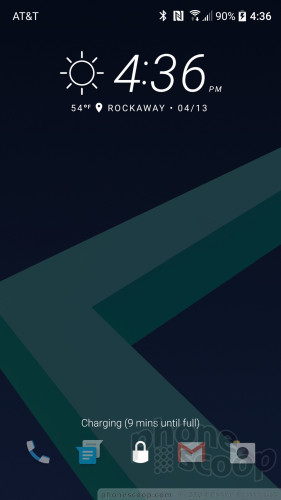
Users can select from several different lock screen behaviors. Most show the clock, notifications, and shortcuts when the screen lock button is pressed. I like that the clock includes the weather details for your current location. You can elect how revealing the notifications are. The Quick Settings panel is accessible from the lock screen, too. The lock screen shortcuts mirror whatever apps you've set in the home screen dock.
The 10's fingerprint sensor works in coordination with a PIN, pattern, or alpha-numeric password. Basically, you set one of those three to lock the phone, but your thumbprint can serve as an alternate way to unlock it. I was able to train two fingerprints and found the 10 to be good at recognizing prints quickly on the first attempt. It's on par with the fingerprint readers on the G5 and Galaxy S7. It's definitely quick enough to be used as your main unlocking tool.
Home Screens
HTC has pulled back the reigns on Sense over the last year or so, but the company really reeled it in for the 10. Sense looks and behave a lot more like stock Android, though it still packs quite a few HTC features, including a rich set of personalization tools.
The home screen panel experience can be as simple or adventurous as you wish. The phone has two panels active when first booted. Blinkfeed, HTC's social newsreader, can be set as the left-most home screen panel, or left inactive. HTC switched to the stock Quick Settings drop-down menu — which I appreciate — but it dressed up the settings menu with its own fonts and colors.
HTC's app drawer offers a lot more flexibility than the stock Android version, as it allows users to arrange apps alphabetically, in a custom configuration, or via most-recently-used. It also lets people change the size of the grid, as well as hide and otherwise manage apps by stuffing them into folders. Out of the box, the HTC 10 puts most apps within folders in the app drawer. I don't like that the app drawer doesn't scroll fluidly and instead jumps vertically between pages.
The 10 permits users to select from a handful of pre-installed themes, and then tweak each theme with various accent colors, wallpapers, keyboards, fonts/sizes, and on and on. You can really go to town.
Sense on the HTC 10 will also let its hair down if you want it to. HTC added what it calls Freestyle themes to the 10. These themes give up on the idea of arranging apps and widgets in a rigid grid. Instead, they offer freedom to place apps wherever you want. Moreover, you can use “stickers” of varying sizes to represent apps. For example, you can replace the ESPN icon with a sticker of a soccer ball. The Freestyle themes are a cartoonish and sometimes silly-looking. But they are also a lot more fun and offer far more personality that what's available on most phones. You can even create your own Freestyle themes, though there are a bunch available for download from HTC.
The 10 is powered by the Qualcomm Snapdragon 820 with 4 GB of RAM. That's the same combination available from the Samsung S7 and LG G5. The 10 felt just as fast as the competition. I didn't have any problems with the phone at all, which was blazing quick in all respects. The 820 is a powerhouse and does its job well.
Camera
HTC has completely refreshed the camera app for the 10. You'll find it much simpler to use. There's no dedicated camera button, but if you swipe a single finger down the screen twice, the camera will launch. This trick only works when the screen is off. It works well enough. You can also launch the camera from the lock screen and from the home screen.
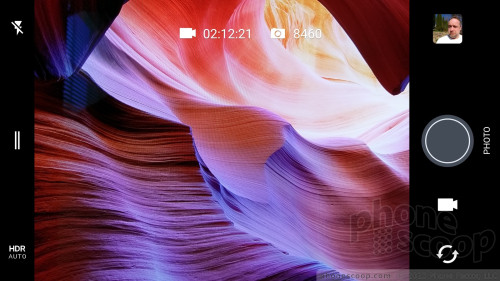
The basics are assembled in typical fashion. The shutter buttons are on the right and the settings and controls are on the left. I like that the 10 has separate buttons for snapping pictures and capturing video. This does two things: First, you don't have to change modes to record video, and second, you can easily take pictures while recording video.
HTC really thought through the arrangement of the controls on the left. When using the standard camera mode you can quickly set the flash and HDR tools to on, off, or auto. If you want to do more, swipe open the little drawer on the left side of the screen. This reveals all the shooting modes (normal, Zoe, panorama, pro) and video modes (normal, time lapse, slow-motion), and selfie modes (picture, video). It's a cinch to pick from the list of shooting modes.
Most of these are pretty standard. The normal shooting mode gives you access to the flash and HDR and that's about it. Tap to focus, tap-and-hold to focus and then set exposure through the use of a sliding tool. It's a bit awkward to put to effective use.
The Zoe mode takes a combination of pictures and video lasting about three seconds. This feature has been around for a while. The Pro mode opens the door to crazy amounts of control. Users can take advantage of Pro mode to set exposure, focus, white balance, ISO speed, and so on. Pro mode also allows you to capture RAW images, if you wish, which offer more potential for editing. The various video modes all function well.
I like the dedicated selfie modes, which make use of the wide-angle front camera. Here, you can apply HTC's beautification filter, which smoothes out your skin a bit. The selfie mode offers several countdown timers, too, but no flash function.
What's perhaps best about the app is the design and overall appearance. HTC borrowed heavily from Google's Material Design when it created the app, which makes the camera feel more like a native Android app, rather than a third-party camera. It is much less fussy than previous HTC camera apps. It has definitely lost some features along the way, such as customizable shooting modes and filters, but I don't miss them.
Once you learn to navigate the app, the camera is quick and light on its feet.
There is one minor niggle. The phone is very aggressive with warnings when it senses the laser-focus module is blocked. This is particularly true if you're trying to shoot closeups. The warning appears if your finger covers the module, or if the phone believes it is too close to other objects. It gets annoying. HTC says a planned software update will help mitigate this issue a bit.
Photos/Video
Along with the app, HTC changed up the camera sensor, too. The M7 and M8 had 4-megapixel "UltraPixel" cameras, and the M9 had a 20-megapixel camera. The HTC 10 has a 12-megapixel "UltraPixel" sensor with optical image stabilization and an aperture of f/1.8 The pixels themselves are 1.55microns, which makes them a bit bigger than the pixels of older sensors. The whole idea of the "ultra pixel" is that the bigger pixels allow in more light and improve low-light performance. This didn't work out very well for the M7 and M8, which in fact suffered a bit in low-light shooting.
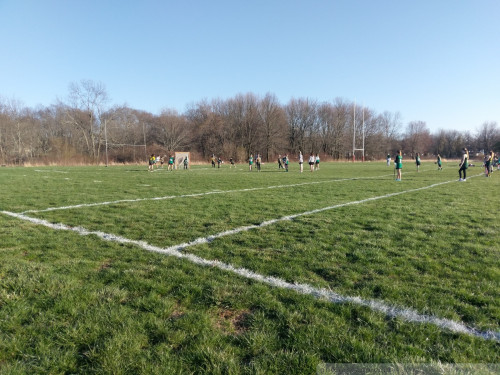
The 10's camera is a big step forward for the company. The sensor does a much better job in all respects than any previous camera from HTC.
First, focus is incredibly sharp. The laser really helps the 10 dial in accurate focus in the vast majority of shots. Color is accurate, too. I was very pleased with how rich the colors are in most images. Whether the shooting environment was bright or dark, colors look good. Exposure is the only place I saw inconsistency. You can see in my shots below that some are leaning toward overexposure. Granted, I was shooting in the brightest sunlight possible, but some detail is lost in the trees, for example. The 10 is far better at handling low-light environments than any of its predecessors, but it sometimes underexposed shots. I also saw more grain than I care for.
The selfie camera does a fine job in both bright light and low light. It has a 5-megapixel sensor, optical image stabilization, and an aperture of f/1.8. I was very pleased with the quality of self portraits.
The video camera works well, too. It's able to capture 4K video, but you'll probably be best served by sticking to normal 1080p HD. The video I shot was sharp, colorful, and accurately exposed. The timelapse and slow-motion modes can be used to fun effect.
I think the HTC 10's camera outperforms the G5, is on par with the iPhone 6s, but doesn't quite match the Galaxy S7. I'd call it very good.
You can easily use the HTC 10 as your main imaging device in most occasions.
HTC Stuff
The unlocked model we tested is the "cleanest" version of the 10 offered by HTC. That means it has the least amount of bloatware. HTC said it took a new philosophy with the 10 and got rid of a number of duplicate applications. For example, HTC didn't install its own gallery app and instead uses Google Photos, which can now handle HTC's RAW photos. On the flip side, HTC used its own camera app and left the Android camera app off the phone. There are still a few duplicates, but many have been removed. That's the good news.
HTC said it is working with its carrier partners (Sprint, T-Mobile, Verizon) to keep bloatware to a minimum, but carriers are known to ramp up the unnecessary apps. If you want the least cluttered HTC 10, buy the unlocked model directly from HTC. HTC couldn't say just how much more junk might be on the carrier-branded variants.
Boost+ is a new app from HTC. Its goal is to keep the 10 running smoothly. It examines your app usage and can help free up RAM and storage if needed. The app performs a quick analysis and will close or deactivate unused apps or apps that are hogging resources. The same goes for storage. It can show you the apps you hardly use and offer to uninstall them to make room for whatever else. It's hard to say if Boost+ really works or not, as the 10 never felt bogged down to me.
Boost+ also allows 10 owners to lock individual apps so they can only be opened with a password or fingerprint. This adds a layer of security to the phone.
HTC said it plans to make the Boost+ app available via the Google Play Store. The app will compatible with all Android phones, and not just HTC handsets.
Ice View
HTC made major changes to its iconic case accessory. HTC said the old Dot View case was limited by the number of pin holes in the cover. More importantly, Dot View was completely useless outside. This is why HTC created the Ice View case for the 10.
The approach is similar to Dot View, but better. Rather than poke holes in the front flap for a retro low-res look, the Ice View case is semi-transparent. The phone still goes into a special, simple-interface mode when the case is closed, but tools like the clock and notifications are far more visible. The Ice View case lets you take pictures, adjust the volume, skip tracks, turn on the flashlight, and more. Some third party apps (Instagram, Google, Tumblr) can push their own notifications to the Ice View screen as well.
A dedicated Ice View application is on board to help you manage just how Ice View behaves. This case is a huge improvement over Dot View.
JBL Reflect Aware C Headphones
Beyond the new headphones from HTC, the company worked with JBL to create an entirely new set of headphones for the 10. The JBL Reflect Aware C are the first to use the USB-C connector — rather than the round 3.5mm audio jack — to connect to the phone. This allows for some really exciting things to take place.
USB-C can push power out to accessories. JBL is using this feature to power active noise cancellation in the Reflect Aware C headset. Normally, this feature requires a battery in the headset or cord. It's quite something that JBL is able to use the phone to provide the necessary power for noise cancellation. It makes the headphones lighter and slimmer, and means one less battery to worry about changing or charging.
Unfortunately, we were not able to test the JBL Reflect Aware C headphones. They do not ship with the HTC 10. JBL hasn't said when they'll be available, nor how much they will cost. But it's a neat taste of the new kinds of accessories enabled by USB-C.
Wrap-Up
The 10 is HTC's finest phone. It may be more evolutionary than revolutionary, but it evolved in all the right directions.
As far as metal phones go, the 10 is among the best. The design, while familiar, is compelling and the manufacturing is quite good. The quad-HD display is brilliant, phone call quality is good, performance on AT&T's network was fine, and battery life is above average.
HTC took sound quality to the Nth degree with its BoomSound Hi-Fi setup and personalized headphone profiles. This phone truly sounds better than most others. The company made big steps forward with the camera, as well, and the 10 delivers mostly excellent images thanks to the improved camera app and sensor.
I appreciate HTC's attempts to clean up the user interface. The company did a good job reducing bloat and bulk, while retaining all the flexibility (themes, etc.) that makes Sense unique. The Snapdragon 820 provides blistering performance across the board.
If you're in the market for a high-end flagship, the HTC 10 is an excellent choice.
Comments
No messages


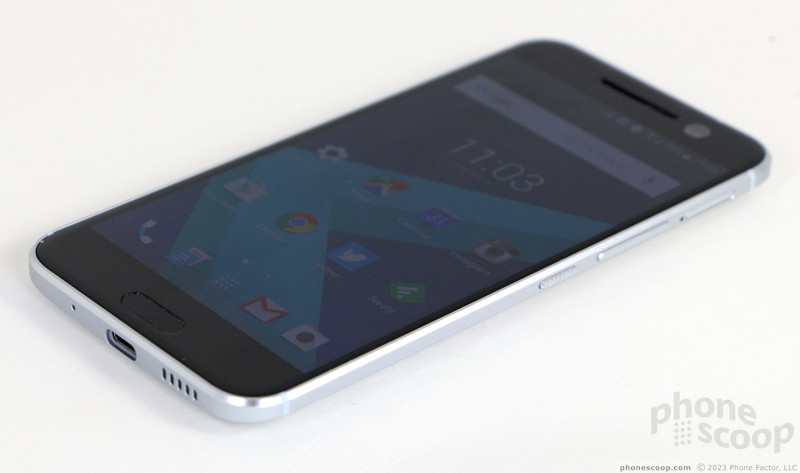















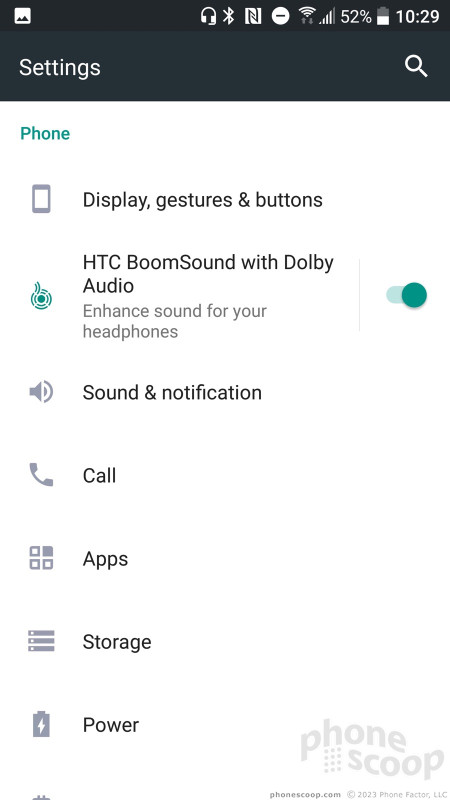




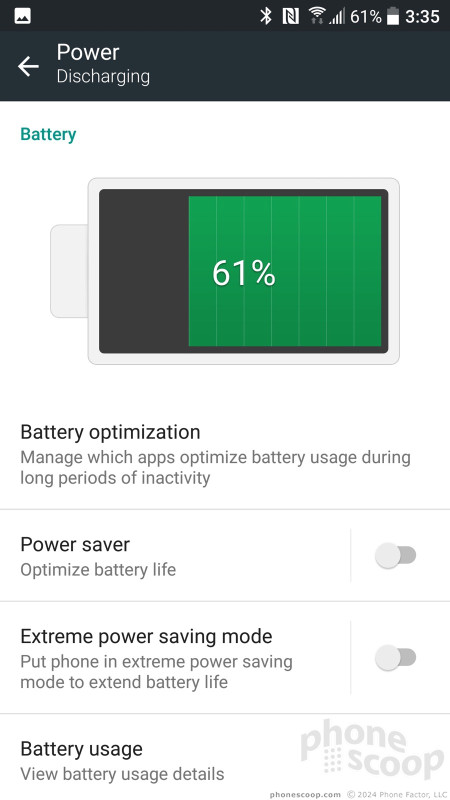




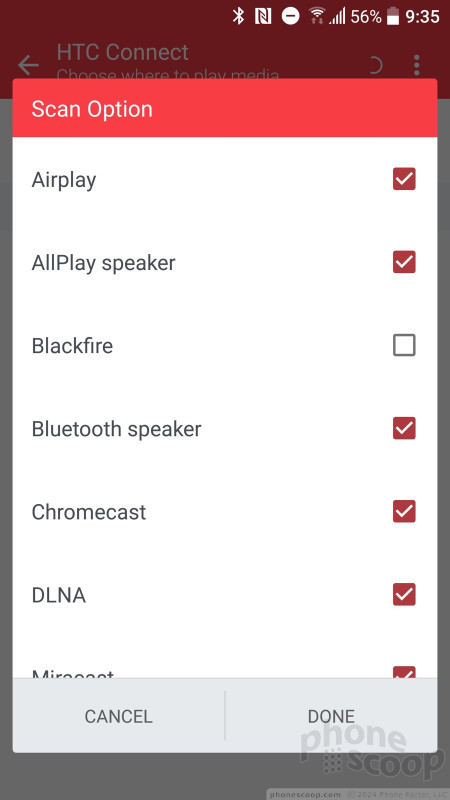


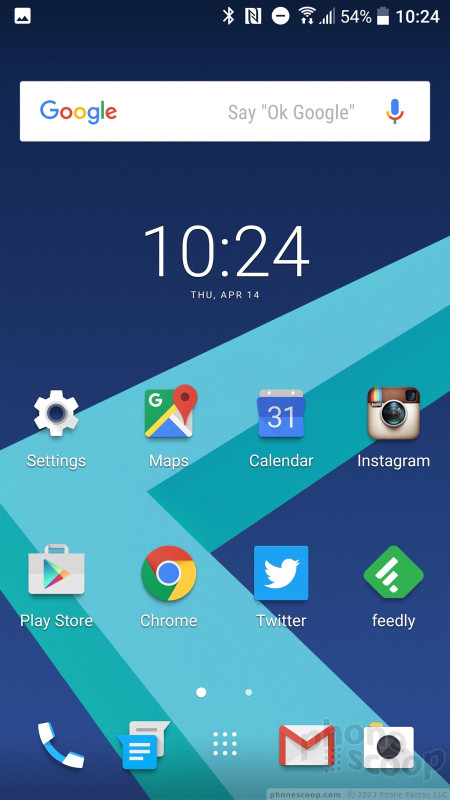







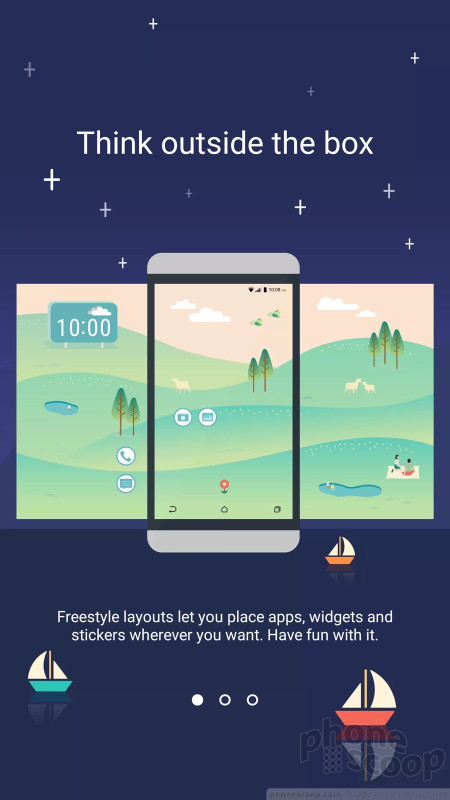





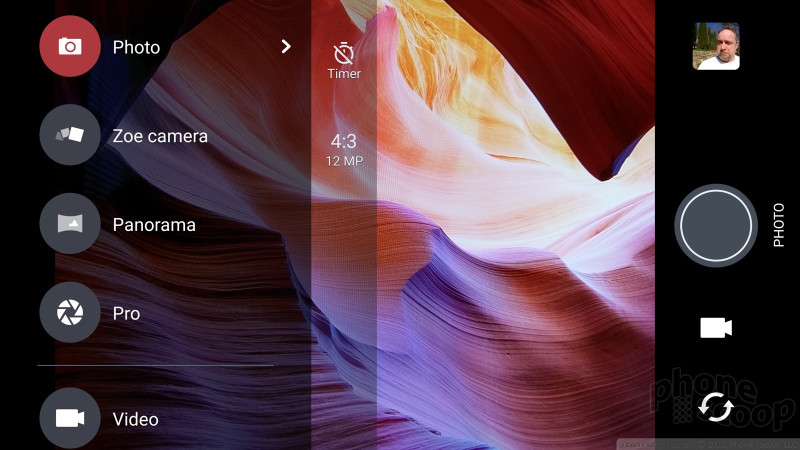




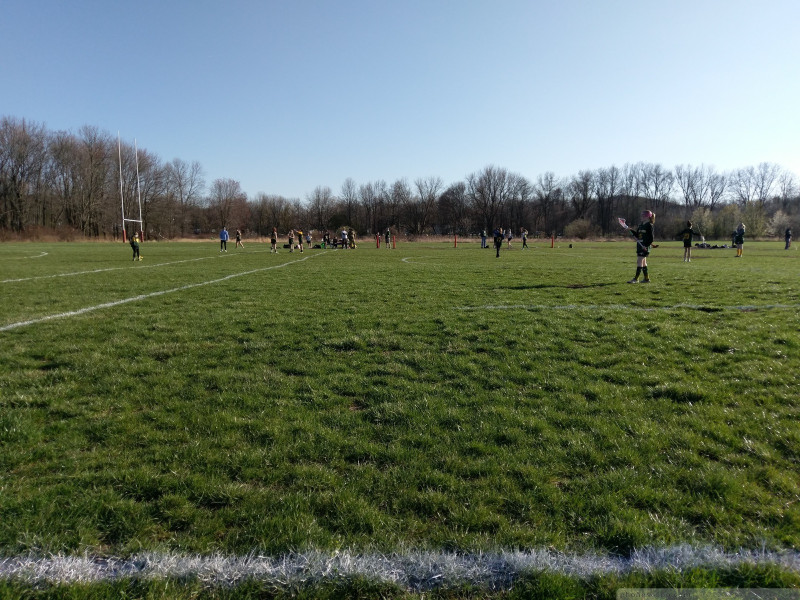
















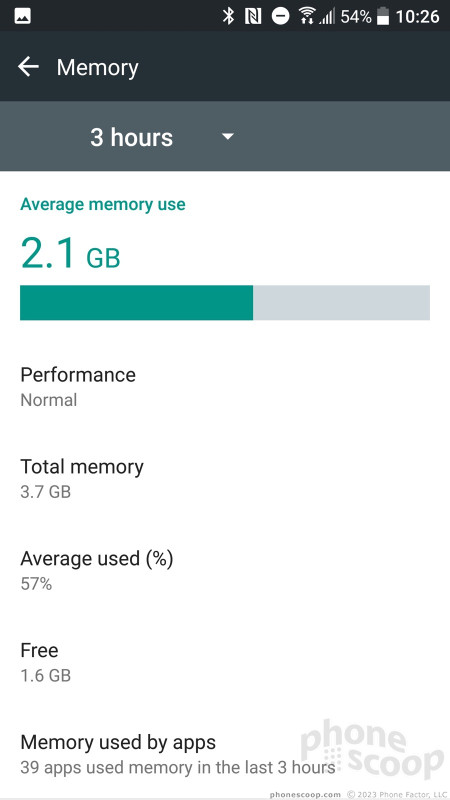




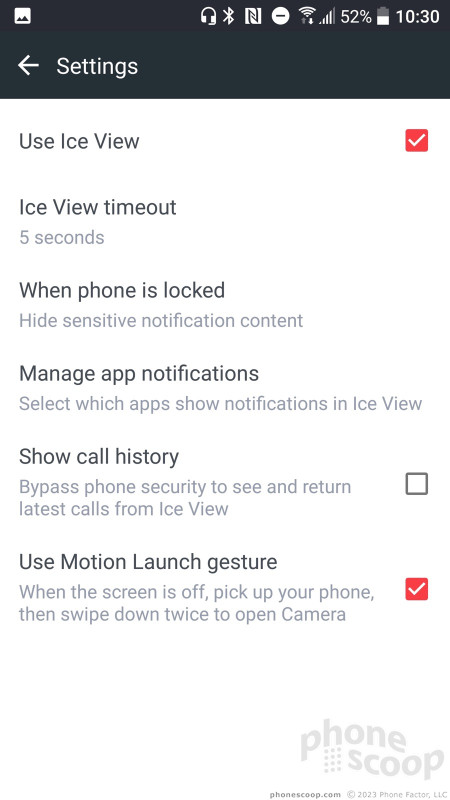




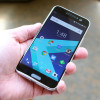 Hands-On with the HTC 10
Hands-On with the HTC 10
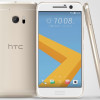 HTC 10 Re-Focuses On the Camera and BoomSound
HTC 10 Re-Focuses On the Camera and BoomSound
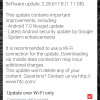 HTC's Unlocked 10 Snags Android 7 Update
HTC's Unlocked 10 Snags Android 7 Update
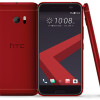 HTC Makes Red and Gold 10s Available Online
HTC Makes Red and Gold 10s Available Online
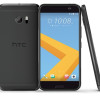 HTC Cuts the 10's Price By $100 for US Shoppers
HTC Cuts the 10's Price By $100 for US Shoppers
 HTC 10
HTC 10



